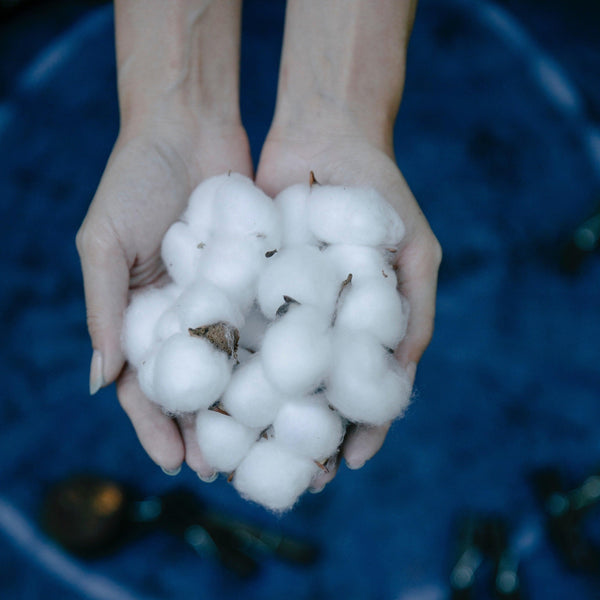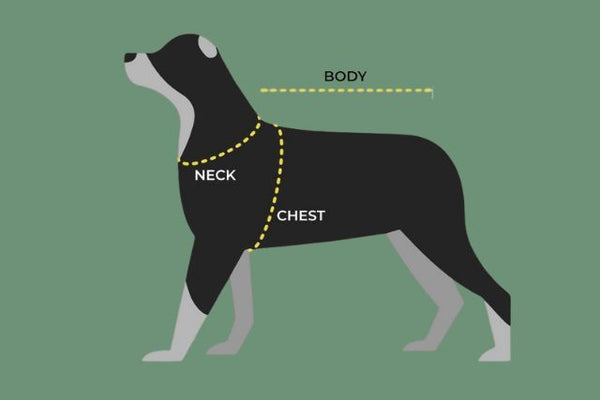
Why we choose Organic Cotton
Why we choose Organic Cotton
Organic cotton is grown without the use of toxic and persistent pesticides and synthetic fertilizers.
Conventional cotton is one of the most widely grown crops in the world, but it is also one of the most chemical-intensive. These chemicals have tremendous impact on the earth’s air, water, soil, and the health of people in cotton-growing areas. They are among the most toxic chemicals as classified by the Environmental Protection Agency. What is Organic Cotton? | Global Organic Textile Standards (GOTS) | Organic Cotton 101 | Organic Cotton Processing | Organic Cotton Plus
In addition to destroying the land, thousands of farmers die from exposure to these chemicals every year.
Organic cotton is grown using methods and materials that have a low impact on the environment. Organic production systems replenish and maintain soil fertility, reduce the use of toxic and persistent pesticides and fertilizers, and build biologically diverse agriculture. Third-party certification organizations verify that organic producers use only methods and materials allowed in organic production. Organic cotton is grown without the use of toxic and persistent pesticides and synthetic fertilizers. In addition, federal regulations prohibit the use of genetically engineered seed for organic farming.

Why we choose organic cotton for our School’s Out and Terry Towel ranges.
- Organic cotton seeds are natural, untreated and GMO free. Conventional cotton seeds are typically treated with fungicides or insecticides. They can also be genetically modified.
- The soil used to grow organic cotton is healthy soil, maintained through crop rotation. Moisture in the soil is retained from an increase in organic matter. The soil used to grow conventional cotton is treated with synthetic Over time the soil is lost due to mono- crop culture and intensive irrigation.
- Weeds are controlled in the cultivation of organic cotton by maintaining healthy soil and a natural balance. Trap crops and beneficial insects also help. Conventional cotton cultivation involves aerial spraying of insecticides and pesticides. Nine of the most used pesticides are known cancer-causing agents.
- Organic cotton is harvested by natural defoliation. Conventional cotton is harvested with the use of toxic chemicals.
- During production, the warp fibers of organic cotton are stabilised using double plying or non-toxic corn starch. Conventional cotton uses toxic waxes to stabilise the warp fibers.
- Organic cotton is whitened using a safe peroxide. Conventional cotton uses chlorine bleaching, which creates toxic by-products that are released into the environment.
- To finish the production, organic cotton has a soft scour in warm water with soda ash, for a pH of 7.5 – 8. Conventional cotton uses hot water, synthetic surfactants and additional chemicals.
So, while the initial price of organic cotton is more expensive, the long-term advantages are priceless! Conventional cotton may be cheaper initially but it’s long-term impact on the environment is devastating.


















